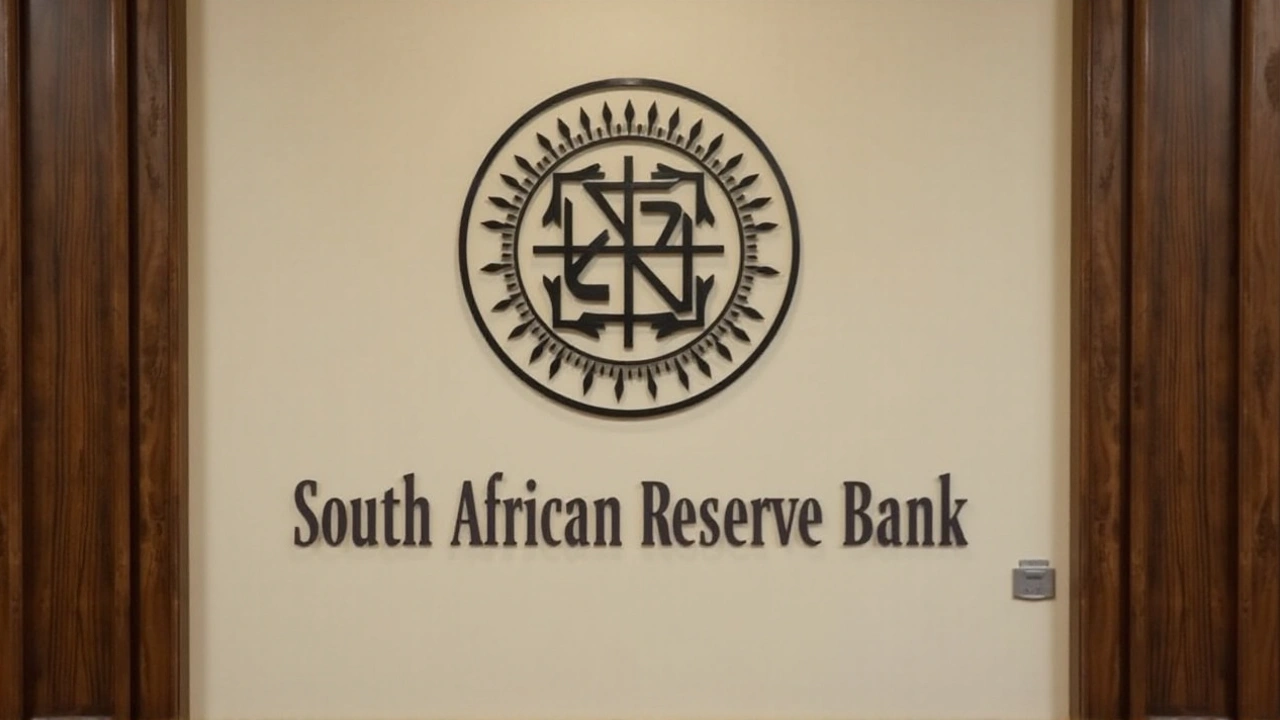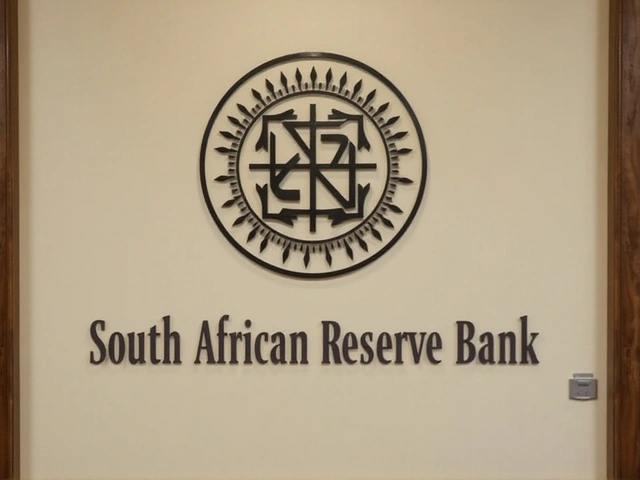SARB Expected to Cut Interest Rates Amid Cooling Inflation
The financial landscape in South Africa is poised for a significant shift as the South African Reserve Bank (SARB) is widely expected to cut interest rates. This anticipated move comes on the back of encouraging inflation statistics and a recent assertive interest rate cut by the US Federal Reserve. Economists are predicting a cautious approach with a 25 basis point reduction. The decision, if confirmed, will mark SARB's first rate cut in four years, signaling much-needed relief for consumers and businesses.
Positive Inflation Numbers Drive Anticipated Rate Cut
Recent data released on the country's Consumer Price Inflation (CPI) has shown promising signs of stability, which further support the anticipated decision. In August, inflation cooled to 4.4%, down from 4.6% in July, marking the lowest inflation rate since April 2021. These numbers present a more controlled and stable economic environment, allowing room for the SARB to consider easing the financial pressure on consumers by reducing interest rates.
The SARB's decision will not only be a relief for debt-laden consumers but also a strategic move reflecting the current global economic conditions. The recent half-percent interest rate cut by the US Federal Reserve has had a considerable influence on this decision. The Fed's move is seen as part of a broader effort to stimulate economic growth, and the SARB is likely to follow suit in response to the global economic climate.
Influence of US Federal Reserve and Global Economic Conditions
The aggressive half-percent interest rate cut by the US Federal Reserve has set a precedent that many central banks around the world may follow. The US Fed's decision is aimed at stimulating economic growth amid concerns of a global economic slowdown. As one of the influential players in the global economy, the Fed's actions often set a standard, urging other central banks to adopt similar measures to maintain economic balance. The SARB's anticipated rate cut mirrors this strategy, hoping to rejuvenate the economy while ensuring inflation remains within manageable limits.
This interplay between global and local economic decisions highlights the interconnected nature of the world's financial markets. The SARB's decision would be a calculated response not only to local economic indicators but also to global trends influenced by major economies like the United States. By aligning with global economic strategies, the SARB aims to maintain the competitiveness and stability of South Africa's economy in the ever-evolving international market.
Implication for South African Consumers and Businesses
If the SARB proceeds with the rate cut, it would be a welcome relief for South African consumers and businesses. For individuals, lower interest rates mean reduced monthly repayments on loans and mortgages, alleviating financial pressure and potentially increasing disposable income. For businesses, especially those reliant on credit, a reduction in interest rates could lower operational costs, encourage investment, and foster growth.
South African businesses, particularly small and medium enterprises (SMEs), stand to benefit significantly from a rate cut. Lower borrowing costs can stimulate business expansion, job creation, and overall economic activity. Additionally, a rate cut can enhance consumer spending, as individuals feel more confident and financially secure, thereby boosting demand for goods and services.
Challenges and Considerations
Despite the positive aspects, the SARB's decision is not without challenges. Balancing the rate cut while ensuring inflation remains under control will be crucial. While the current inflation figures are favorable, maintaining stability in the long run requires careful monitoring and flexibility to adjust policies as necessary. Furthermore, the global economic climate is ever-changing, and unforeseen developments can impact the efficacy of the rate cut.
Moreover, while the Fed’s rate cut provides a guiding example, South Africa's unique economic context requires that the SARB consider local factors thoroughly. The country's economic recovery post-COVID-19, levels of unemployment, and other socio-economic factors necessitate a tailored approach to monetary policy. The SARB's expertise and vigilance in navigating these complexities will be essential in ensuring that the rate cut brings about the desired economic benefits without compromising long-term stability.
Conclusion
The anticipated interest rate cut by the South African Reserve Bank is a significant step towards economic rejuvenation. With inflation showing positive signs of cooling and the influence of the US Federal Reserve's recent aggressive rate cut, the stage is set for the SARB to implement its first rate reduction in four years. Such a move promises to alleviate financial burdens on consumers, stimulate business growth, and enhance economic stability. However, this decision must be balanced with vigilant monitoring of inflation and adaptability to the dynamic global economic environment. The SARB's careful navigation of these factors will be instrumental in ensuring the long-term success and sustainability of South Africa's economic growth.


